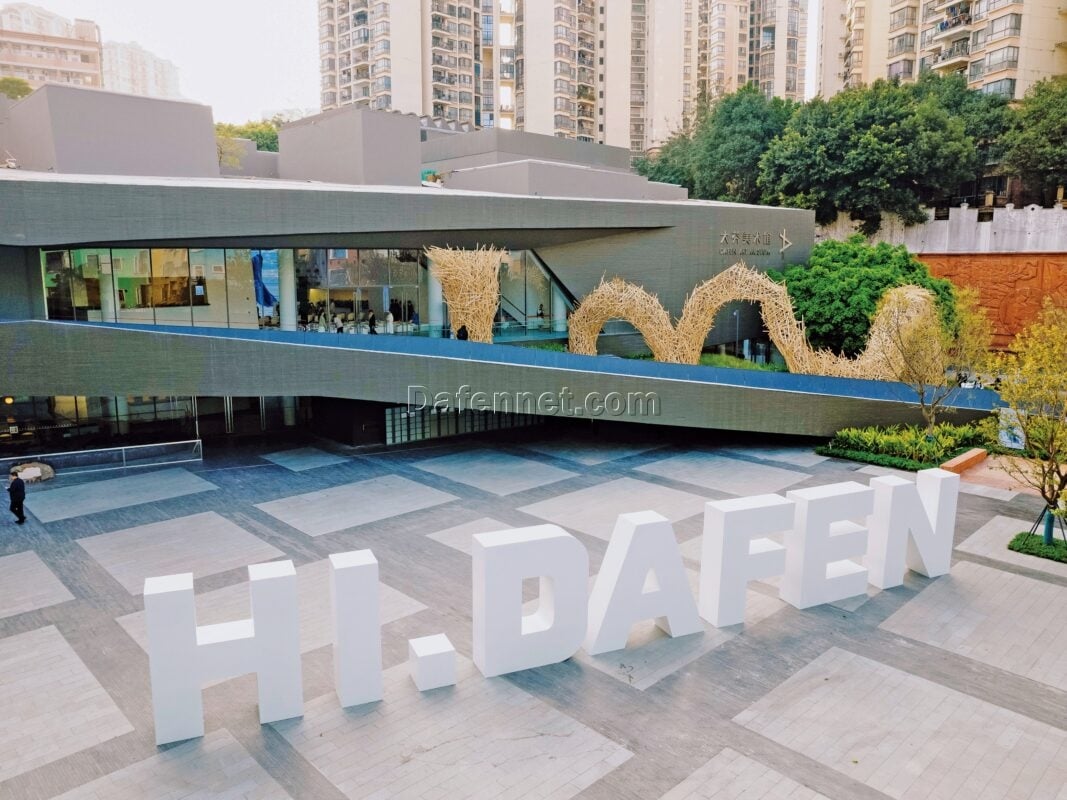Dafen oil painting Village
Have you ever heard of “China’s No.1 Oil Painting Village”?
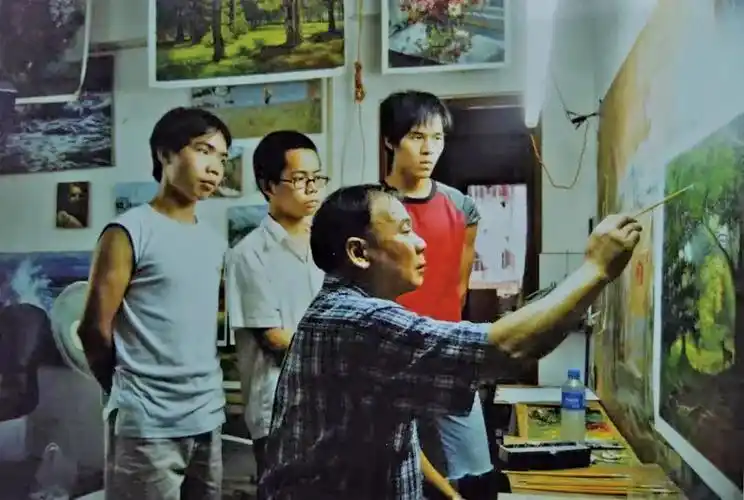
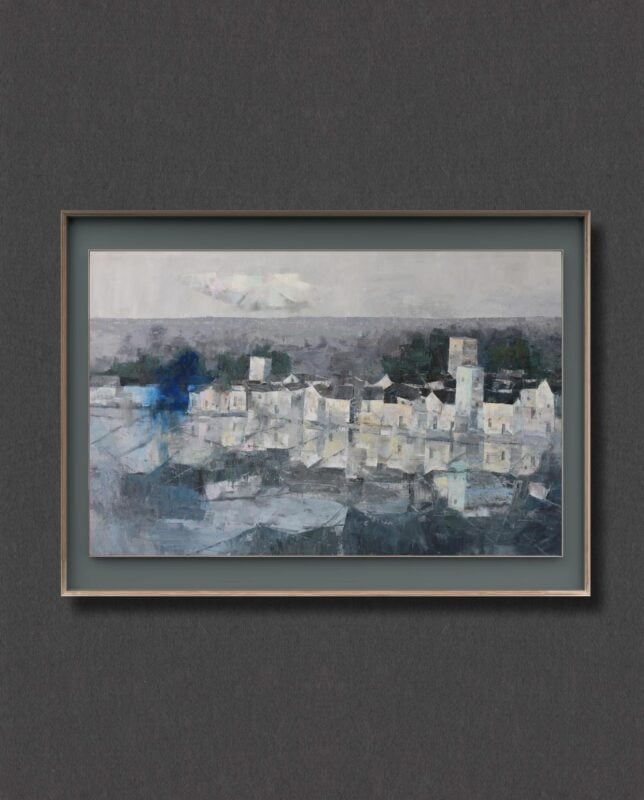
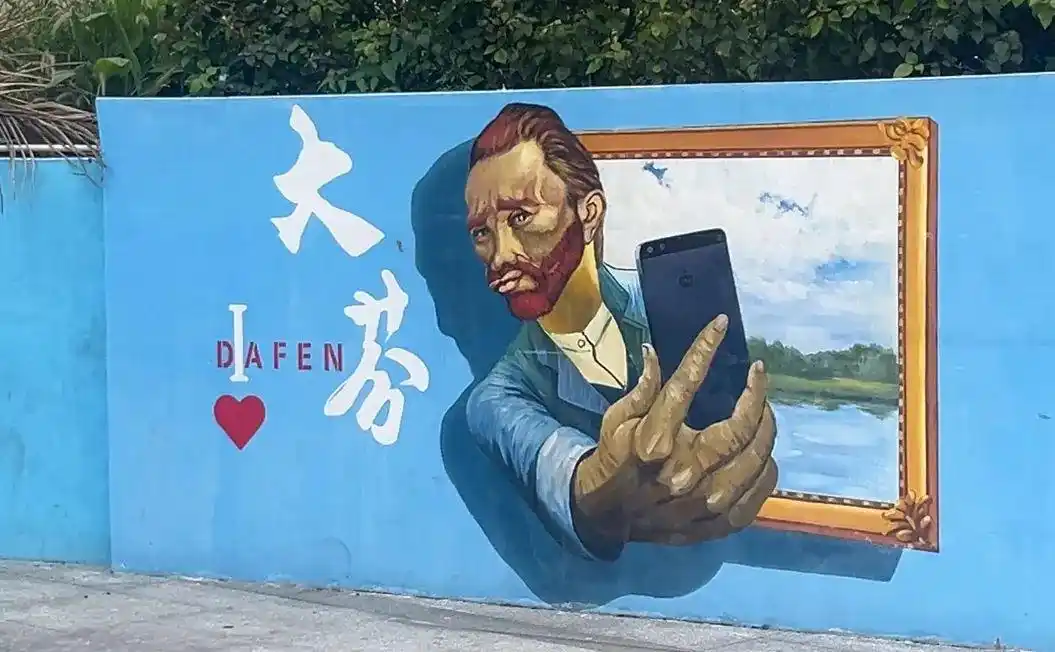
In Longgang District, Shenzhen, there’s a small village called Dafen that transformed over the past two decades from a quiet rural place into the largest hub in China for oil painting production and trade. On just 0.4 square kilometers of land, over 1,200 galleries and shops cluster together, and around 8,000 people work in the oil painting industry here. The brand slogan “World’s oil paintings, made in Dafen” is now widely recognized.
In Dafen, painting has countless faces:
- Some artists carefully replicate Western classics.
- Some paint their own dreams onto canvas.
- Different understandings of art come together here, sketching out the years of Dafen in strokes of color.
How it all began
In 1989, art dealer Huang Jiang came to Dafen, which at that time was just farmland with scattered houses and fewer than 300 residents. The low rents and quiet surroundings were ideal for painting, so he started bringing “commercial paintings” (mainly replicas of famous works) to the village.
The business model quickly evolved into an efficient assembly-line production: each worker focused on one step, passing the canvas on to the next. Orders boomed, and people from across China flocked to Dafen hoping to earn a living with a paintbrush.
By the mid-1990s, over 500 painters were working in Dafen, and all kinds of supporting industries—canvas makers, paint suppliers, frame shops—sprang up. At its peak, 70% of the world’s oil paintings came from China, and 80% of those came from Dafen.
This changed not only Dafen’s history but also local villagers’ lives. As demand grew, the local government improved roads and built exhibition spaces, turning the once-rural Dafen into a vibrant “European oil painting village” inside Shenzhen. Villagers earned rental income and dividends from collective economic shares, improving their livelihoods.
Changing lives through art
Many of Dafen’s early painters were farmers or workers who had never received formal training. Some, like Zhao Xiaoyong, left their villages in the 1990s looking for work. After factory jobs and hard years on construction sites, Zhao heard he could make money painting in Dafen. Like many others, he started painting day and night, driven first by survival, later by passion.
Others, like Jiang Qingbei, once worked as miners before turning to painting. Jiang even set up classes for hearing-impaired students, teaching them patiently so they too could make a living through art. Over the years, he has helped dozens of disabled young people become self-reliant artists.
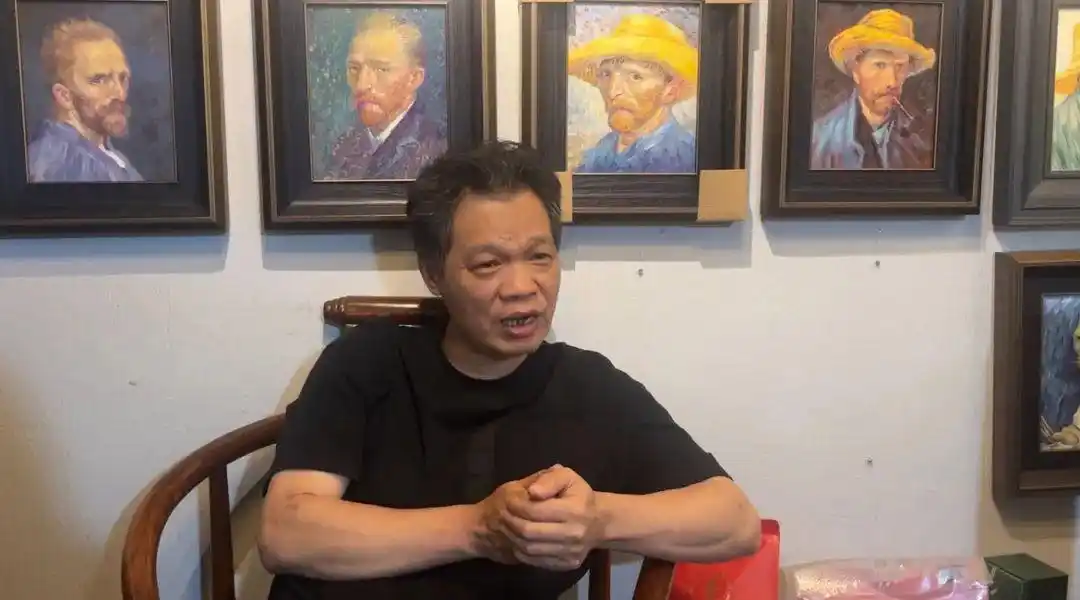
From copyist to artist
The documentary “China’s Van Goghs” tells Zhao Xiaoyong’s story as he traveled to the Van Gogh Museum in the Netherlands, finally seeing the real Sunflowers he’d copied countless times. Standing before it, he realized how different it was from his replicas. This trip planted a seed: could he become more than a copyist? Could he be a true artist?
Returning home, Zhao started creating original works, painting scenes from his village and his own life, slowly transforming from a “painter-worker” to an “artist.”
Toward originality and creativity
In 2008, after the global financial crisis, overseas demand for cheap replicas dropped sharply. With government support, Dafen began encouraging painters to move beyond copying and focus on original works. Today, about 400 professional artists work in Dafen.
Artists like Xiao Shuihui, trained in fine arts, found success by combining creativity with local culture. His paintings of pandas in traditional Chinese landscapes sell for tens of thousands of yuan, and he licenses designs for prints, T-shirts, and ceramics—turning original art into an IP brand.
Embracing technology and the future
In recent years, Dafen has pushed further, blending technology and art:
- It launched an AI-powered digital guide called “Long Xiaofen” that interacts with visitors.
- Held AIGC creative competitions, encouraging collaboration between AI and artists.
- Partnered with digital platforms to protect and trade copyrights, turning digital versions of artworks into cultural assets.
Art space curator Feng Jianmei, who has lived in Dafen for 27 years, believes that technology won’t replace artists but can help art “come alive” and reach broader audiences. Her team has even launched an international artist residency, bringing creatives from over 20 countries to live and work in Dafen, despite setbacks like the pandemic and floods.
Feng dreams of going beyond galleries:
“We can build an oil painting carnival, an art festival, even an oil painting-themed amusement park. Art shouldn’t stay static; it should become part of everyday life.”
In short
Dafen started as a tiny village making copies for the world, grew into a giant of the global oil painting trade, and is now reinventing itself through original art, cultural tourism, and technology.
With resilience and imagination, Dafen Village shows how tradition and innovation can paint a shared, creative future.

